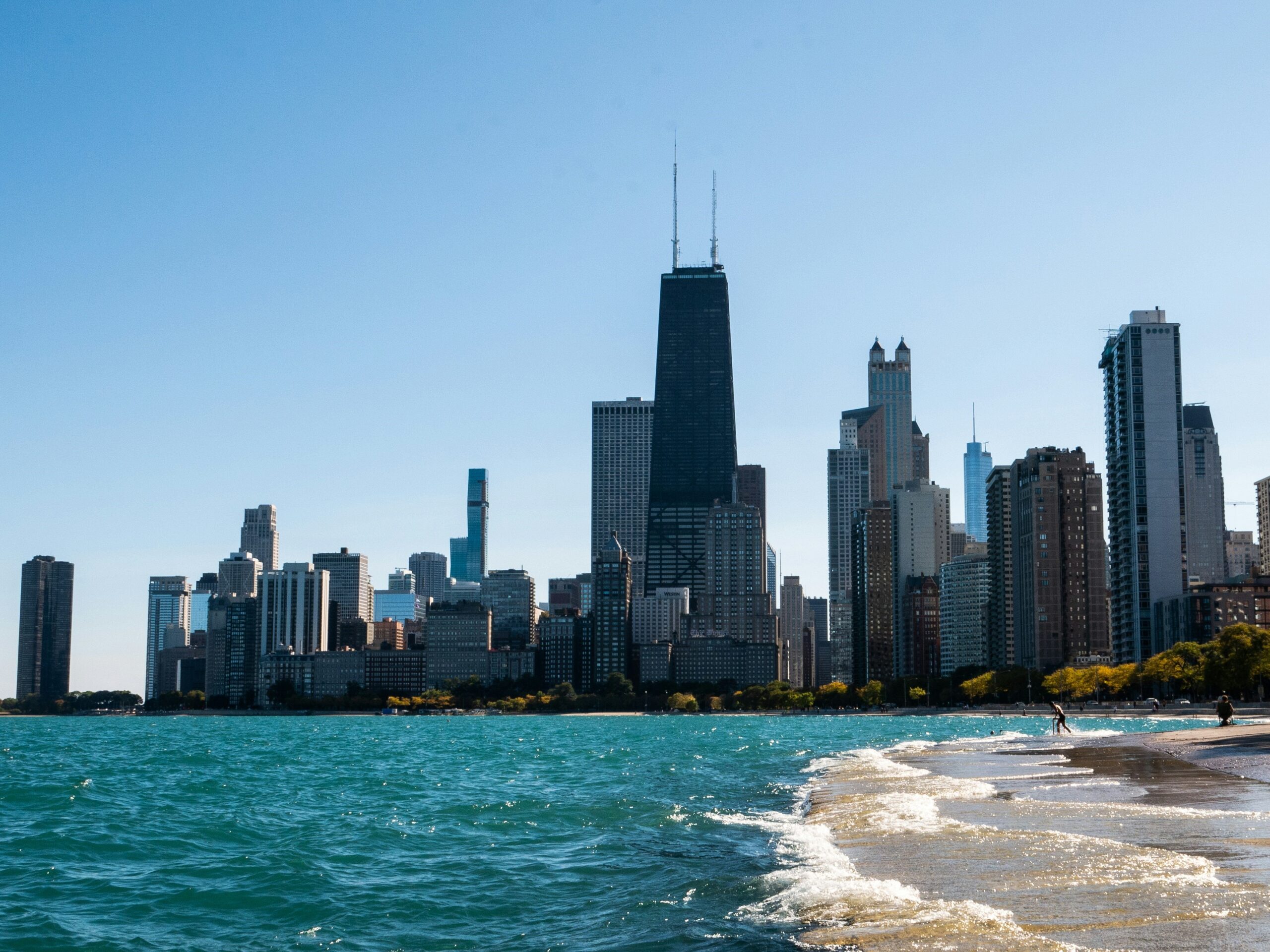Climate Litigation Cases Have Quadrupled Over Past Decade

Climate litigation has surged over the past decade, with the volume of cases increasing fourfold since 2013, according to a recent study by S&P Global Ratings. The research also reveals a geographic expansion of such lawsuits, previously concentrated in the U.S., now being filed globally across various economic sectors, with oil and gas companies remaining the main targets.
In 2023, the number of climate-related lawsuits worldwide totaled 2,410, an amount that has quadrupled from 581 in 2013 and is more than double from 2018, according to the report, which used data from Columbia University’s Sabin Center for Climate Change Law.
The U.S. accounts for nearly 70% of all cases being tracked, per the report. The sectors most impacted are the oil and gas sector, but “such lawsuits are also increasingly being filed against other sectors, including financial institutions,” the S&P report stated.
The study examined a range of climate-related lawsuits, primarily from the oil and gas sector, and aimed to understand the potential impact of such litigation on the creditworthiness of issuers. Despite a slowdown in new case filings since a peak in 2021, S&P Global Ratings expects this trend to continue.
The research highlighted the complexity of measuring the strategic and financial impact of climate litigation on companies, particularly due to the difficulty of quantifying direct and indirect costs. While no credit rating actions in the oil and gas sector have been identified as a result of climate litigation risk so far, the study suggests that a significant increase in litigation costs could potentially alter the competitive position and financial risk profiles of some businesses.
The research also noted the evolving role of insurance in relation to climate-related litigation.
“We believe insurance policies may in the future include more specific language regarding whether climate-related cases are covered and under what conditions, potentially leading entities to hedge against litigation costs,” the report’s authors stated.
For now, S&P said, insurers’ existing products that are covering claims from climate litigation have seen rather low claims severity. But that could change as the legal landscape evolves and new litigation strategies emerge, the rating agency noted.
The data presented in the study underscores the growing societal pressure and increasing awareness of the impacts of climate change. As physical climate risks and transition risks become more apparent worldwide, stakeholders, including states, non-governmental organizations, investors, and communities, are increasingly turning to the courts to address associated issues, S&P stated.
Access the full report here. &










